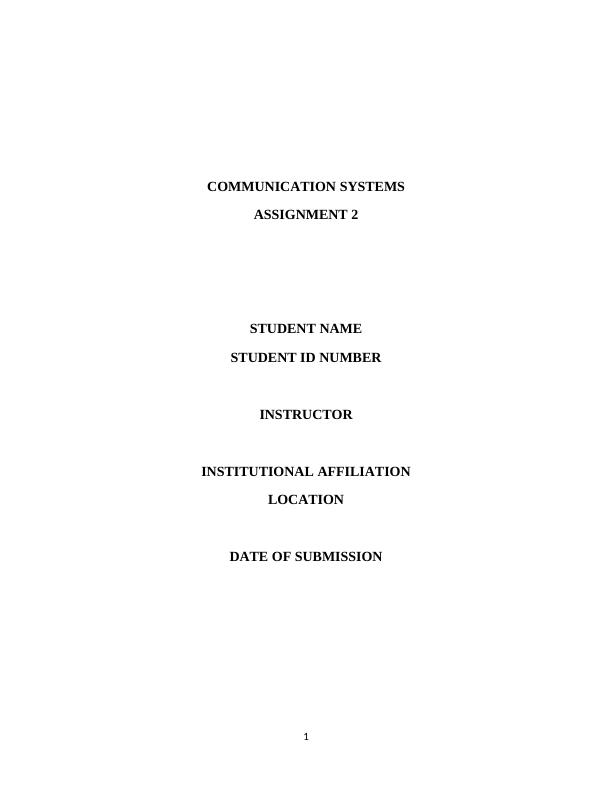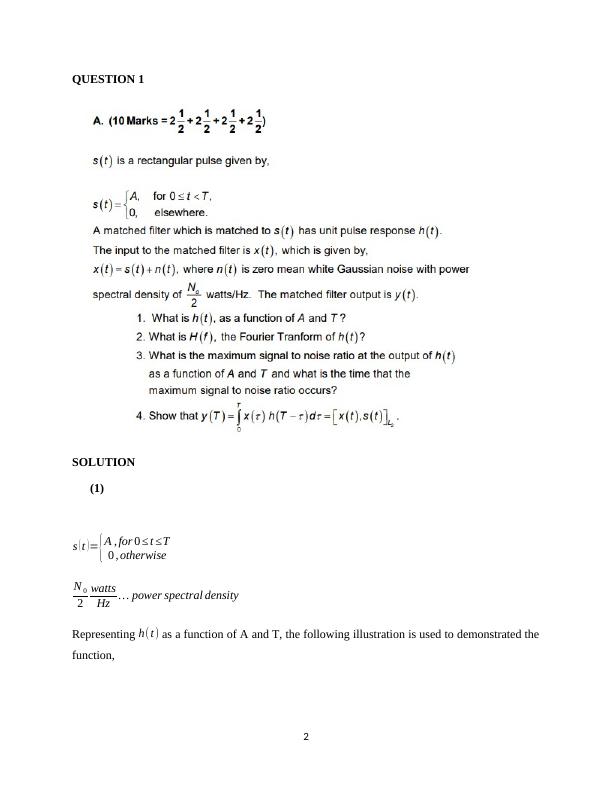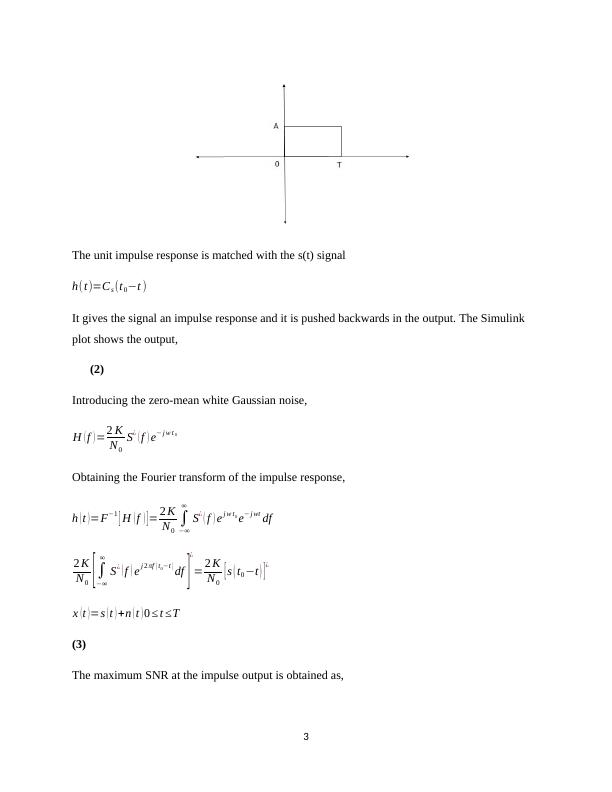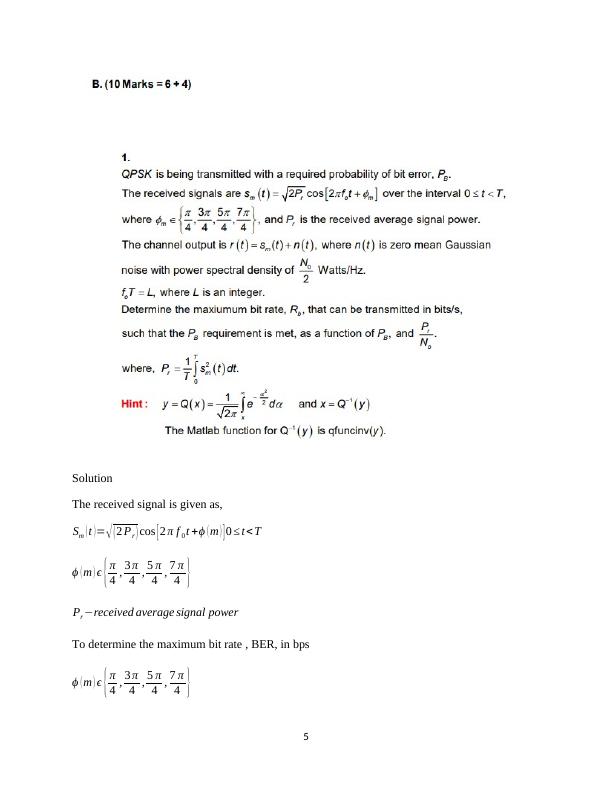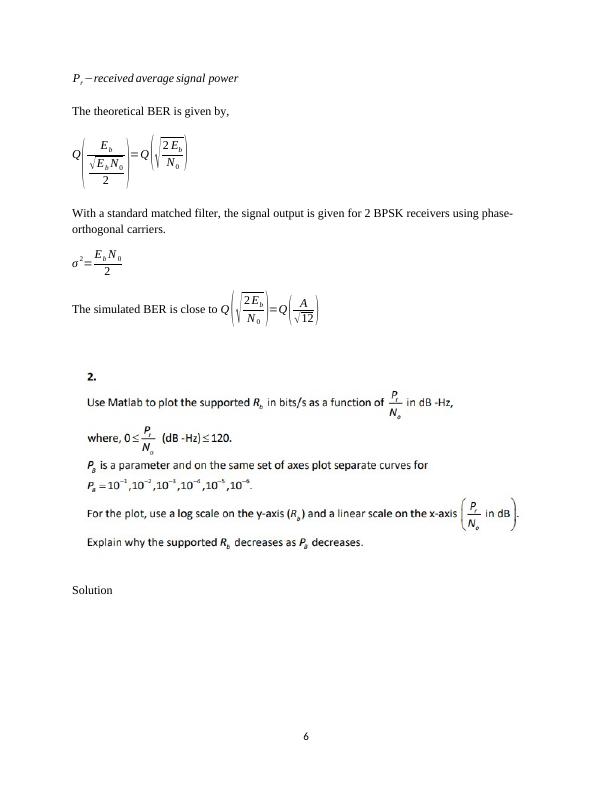SEO for Desklib: Title, Meta Title, Meta Description, Slug, Summary, Subject, Course Code, Course Name, College/University
Added on 2023-06-03
22 Pages2084 Words204 Views
End of preview
Want to access all the pages? Upload your documents or become a member.
Optimizing SNR with Matched Filter and QPSK Modulation
|20
|2743
|211
Communication Systems: Solved Assignments and Essays
|12
|1364
|489

